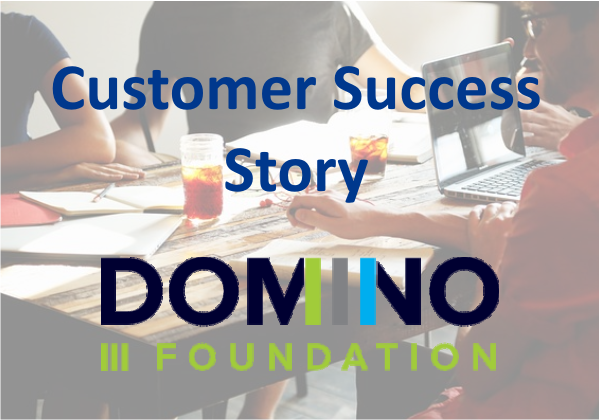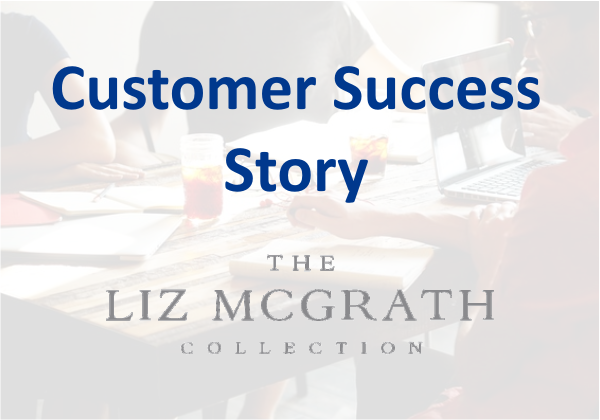First-time buyer fears and what to do about it

There are many reasons why prospects don’t buy your particular brand, but just one is enough to kill a sale. If you can foresee these objections and prepare for them, you’ll sell more. The behaviour that salespeople exhibit can also drive down their performance. There is a vast disconnect between how people sell and how humans make buying decisions. To make matters worse, the way most salespeople are taught to sell is grounded in selling, not buying. This does not look good when trying to maintain a solid bottom-line for your business.
To sell the way our brains make buying decisions, salespeople should analyse the way prospects formulate buying decisions. Here are three specific questions that depict the mental steps all prospects go through when making a purchase decision:
- Why change?
If you don’t give prospects a reason to change, they won’t. The most compelling ways to provoke change is to find problems by challenging their current status with insights that compel your prospective customers to think about how they can improve themselves or their business with your product or service offering.
- Why choose your company’s solution?
Make sure your prospective customer understands the positive results your solution delivers that those outside of your industry cannot match. What are some of the problems that potential customers have experienced when previously choosing a solution outside of your brand? This will allow the prospect to see why your brand is the only brand to choose.
- Why now?
Once your prospect has committed to change, you need to help them understand why change must occur now. The more time it takes to get a buying decision, the lower the probability the sale will happen. Help your customer apprehend how embracing change now rather than later is in their best interests.
When salespeople structure their sales processes to answer and gain commitment to each of the three questions that have been mentioned, they can guide potential customers through the buying process and into a positive decision.









